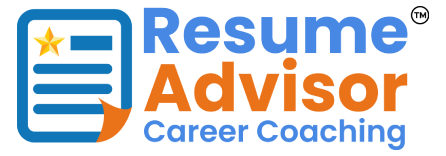It’s frustrating when people don’t respond to our emails upon resume submission, especially when we put so much thought into them. Here are some tips to help increase the response rate to your messages.
1. Ask for a response.
Simple, right? But instead of putting a politely vague “hope to hear from you,” be more direct. Here are a few examples: A. Please get back to me by the end of the day with your input. B. What time can we schedule a call to discuss this project? C. When would it be convenient for me to stop by and go over the report?
2. Ask for a reply.
At the beginning of your message; don’t bury your request in the middle of your writing. This is especially important if you’re sending a longer email. Truth is, busy people may often skim your email and miss a request for a response. So, ask upfront. This is especially in regarding resume submission. You’ll always want to mention “see attached.”
3. Follow up.
However, the opposite is true for resume submission, cover letters, LinkedIn and email inquiries. It would be presumptuous to begin a message to a prospective employer with a request for a follow-up. You should put that at the end, after writing a professional inquiry. Furthermore, your tone direct and polite while asking for a reply. “Please contact me at your earliest convenience to discuss how I can bring my marketing skills to benefit XYZ Company in the Associate Sales Manager position.”
4. Get their attention!
How? By making sure you’ve addressed the email to the correct person. If you need to get a billing question resolved, your inquiry should be going to the accounts department, not the sales department. Therefore, use their name in the salutation and again when making the request. “Bob, please confirm that this payment was received. If I don’t hear back from you by the end of the day, I’ll give you a follow-up call tomorrow morning.”
5. Be professional.
Don’t write in all caps, use strange fonts, a bunch of emojis, or quotes from your favorite singer or movie star to sign off with. These are business letters, not email chains with family members about summer vacation plans. In other words, you want people in the business world to take you seriously with every communication and not toss your message in the spam pile.
6. Be positive.
Use a neutral or positive direct subject line and proceed from there. Therefore, even if the purpose of your email is to offer criticism or correction of a colleague, do it in an upbeat way by first thanking them for their time and contribution. Remember the other ideas for getting a response: ask for a reply early in the message and use the person’s name when requesting a reply.
7. Don’t use throwaway subject lines.
The subject line should get the recipient’s full attention. Furthermore, if you waste that space by putting something vague, such as “Question” or “Help,” that isn’t going to stand out in a pile of unread emails. Here are some better examples: A. Sales Chart Corrections — urgent! B. Lunch with associates Friday? C. Need to reschedule bank meeting
Resume Advisor is always here to help with further questions on resume submission and support for your career needs!
Authored by: Paula Light

